 W
WAgnes of Babenberg was a scion of the Franconian House of Babenberg and by marriage High Duchess of Poland and Duchess of Silesia.
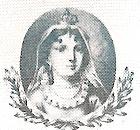 W
WAldona was Queen consort of Poland (1333–1339), and a princess of the Grand Duchy of Lithuania. She was the daughter of Gediminas, Grand Duke of Lithuania.
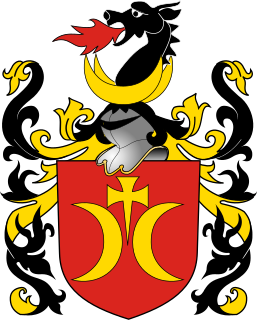 W
WMikołaj Błociszewski - the court knight and deputy of King Jogaila to negotiate with the Teutonic Knights. He was Castellan of Sanok (1401–1415) judge of Poznań (1415–1419) and Lord of Greater Poland.
 W
WBogufał II also known as Boguchwał II was a thirteenth century Bishop of Poznań in Poland.
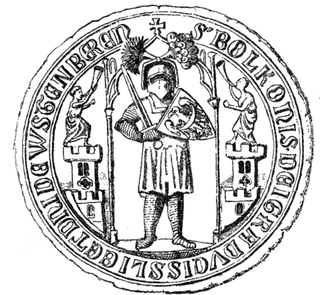 W
WBolko I the Strict also known as the Raw or of Jawor, was a Duke of Lwówek (Löwenberg) during 1278–81 and Jawor (Jauer) since 1278, sole Duke of Lwówek since 1286, Duke of Świdnica-Ziębice since 1291.
 W
WPiotr Dunin was a Polish leader. Starost of Malbork 1478–1484, castellan of Sieradz from 1478, voivode of Brześć Kujawski Voivodeship from 1481.
 W
WElizabeth of Pomerania was the fourth and final wife of Charles IV, Holy Roman Emperor and king of Bohemia. Her parents were Bogislaw V, Duke of Pomerania, and Elisabeth of Poland. Her maternal grandparents were Casimir III, King of Poland, and Aldona of Lithuania.
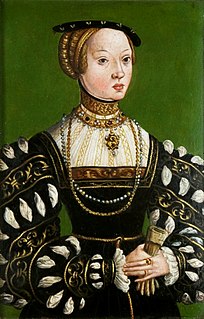 W
WElizabeth of Austria was a Queen consort of Poland. She was the eldest of fifteen children of Ferdinand I, Holy Roman Emperor, and his wife Anne of Bohemia and Hungary. A member of the House of Habsburg, she was married off to Sigismund II Augustus, who was already crowned as King of Poland and Grand Duke of Lithuania even though both of his parents were still alive and well. The marriage was short and unhappy. Elizabeth was of frail health, suffering from epileptic seizures, and died at age 18.
 W
WMikołaj Firlej was a Polish nobleman (szlachcic), hetman, diplomat, and expert of southeast Europe.
 W
WUriel Górka of the Łodzia coat of arms was bishop of Poznań, and chancellor of the Crown. He was one of the most powerful men in Poland of his generation.
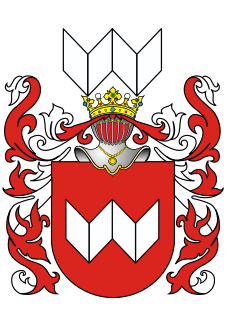 W
WJonas Gostautas or Goštautas was a Lithuanian nobleman from the Grand Duchy of Lithuania of the Goštautai noble family, a politician and skillful land owner. He served as Chancellor of Lithuania between 1443 and 1458 and was a very close advisor and mentor to Casimir IV Jagiellon before the Grand Duke became the 3rd Jagiellonian King of Poland. Gostautas was not his surname, but a pagan Lithuanian given name retained after baptism by his immediate ancestor, while Jonas was his Christian name. His heirs, e.g., his sons like Martynas Goštautas, perhaps inherited the name as a surname. In 1413 at the Union of Horodło, Jonas was adopted by the Polish nobles into the Abdank clan.
 W
WHelena of Znojmo, was a Bohemian princess, a member of the Přemyslid dynasty. She was the daughter of Duke Conrad II of Znojmo and his Serbian wife Maria of Rascia. Helena was probably named after her maternal aunt, Queen Helena of Hungary, wife of King Béla II.
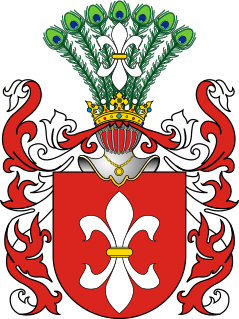 W
WJan of the Gozdawa coat of arms (???-1227) was bishop of Płock from 1225 to 1227.
 W
WJan(ko) of Czarnków, of Nałęcz coat of arms, was a Polish chronicler, Deputy Chancellor of the Crown and Archdeacon of Gniezno.
 W
WJan V of Lutogniew was a Polish Catholic priest,and Bishop of Poznań from 1354–1376.
 W
WJan z Jani (1400–1461) - of the Clan of Ostoja was the first Polish Duke of Pomerelia and one of the leaders of the Prussian Confederation, serving as a commander in the Thirteen Years' War (1454–66). He was also the Lord of Regality of Tczew, Nowe County and Kiszewskie, Lord of Starogard Gdański, Rabelnaw, Robaw, Pancze, Wonental, Szwarczenwalt, Weisenwalt, Moealwalt, Landesende, Turze, and Swierczyn in Pomerelia, and Lord of Gniew.
 W
WJarosław Bogoria of Skotniki was a Polish nobleman and bishop, member of the Bogoriowie family of the Bogorya.
 W
WJan Kmita z Wiśnicza was a Polish knight.
 W
WWincenty II Kot was a 15th-century Roman Catholic Archbishop of Gniezno, in Poland.
 W
WKlemens Kurowski from Drożojewice and Kurów - polish nobleman and senator.
 W
WMikołaj Kurowski of Szreniawa of Kurów was a chancellor of the Kingdom of Poland and a Catholic hierarch. He held the posts of the bishop of Poznań, bishop of Włocławek and an archbishop of Gniezno. Releasing the name or adoptive Mirosław.
 W
WZawisza Kurozwęcki, Zawisza Dobiesław z Kurozwęk, of Clan Poraj, was a Polish regent of the Kingdom of Poland, Roman Catholic bishop of Kraków, Chancellor of the Crown and Deputy Chancellor of the Crown of the Kingdom of Poland, prominent politician.
 W
WAndrzej Łaskarz (Laskary) from Gosławic of the Godziemba coat of arms was Bishop of Poznań from 1414-1426, diplomat, doctor of rights, participant of the Councils, and reformer.
 W
WJan Lubrański was a Polish bishop, politician and diplomat. His coat of arms was Godziemba.
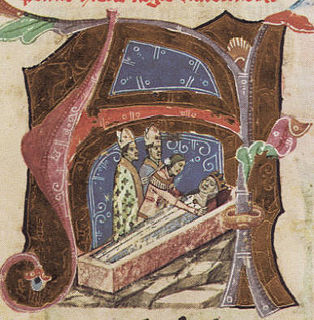 W
WMaria of Bytom, was a Queen of Hungary by marriage to Charles I of Hungary.
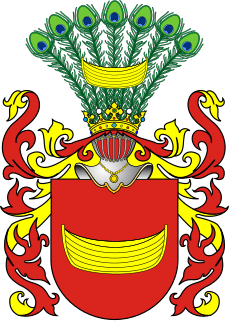 W
WMikołaj of Kórnik, was bishop of Poznań from 1375-1382.
 W
WZbigniew Oleśnicki, nephew of Cardinal Zbigniew Oleśnicki, was a Roman Catholic clergyman and Polish politician. He served as crown deputy chancellor from 1472, bishop of Kuyavia from 1472, and bishop of Gniezno and primate of Poland from 12 October 1481.
 W
WWładysław Oporowski (1395–1453) was a Polish medieval political and religious leader. Deputy Chancellor of Poland (1429–1434), Bishop of Kujawy (1434–1449), archbishop of Gniezno and primate of Poland (1449–1453). It is recognized that he was a much better diplomat and politician than church official.
 W
WSpytek of Melsztyn was a Polish nobleman (szlachcic) of the Leliwa coat of arms.
 W
WJanusz Suchywilk of Grzymala Coat of Arms was a Polish nobleman (szlachcic), relative of Jarosław z Bogorii i Skotnik.
 W
WMikołaj Trąba, of Trąby coat of arms was a Polish Roman Catholic priest, Royal Notary from 1390, Deputy Chancellor of the Crown 1403–12, bishop of Halicz 1410–12, archbishop of Gniezno from 1412, and first primate of Poland 1417–22.
 W
WWłodzimierz of Cracow was a Polish knight, Gryf, and voivode of Kraków from 1237 until his death at the Battle of Chmielnik.